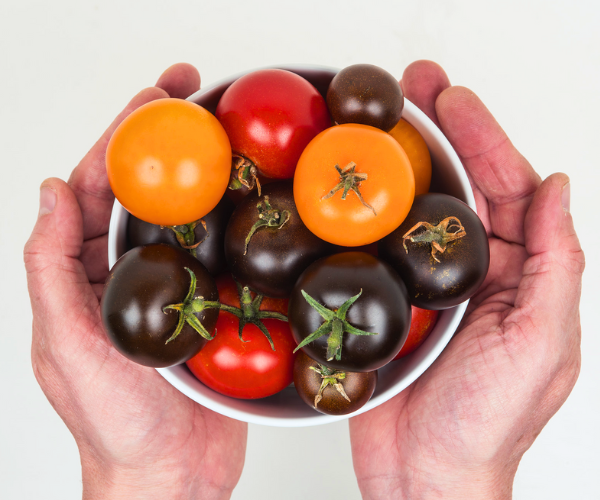Wheat Diseases Conference - 22nd May 2015
Wheat is arguably the greatest crop on earth, with more than 650 million tonnes of grain produced each year making it the most widely-grown cereal grain. Safeguarding wheat production is essential to continue to feed a growing global population. Yet this crop, relied on by much of the world’s population, is at risk from a number of diseases which can reduce both the yield and nutritional quality of the grain.
Current scientific research strategies by world-leading scientists at The Sainsbury Laboratory (TSL), the John Innes Centre and The Genome Analysis Centre (TGAC) – all in Norwich, UK – will be highlighted at a conference dedicated to wheat disease resistance next month.
The day, at the John Innes Centre Conference Centre, will bring together scientists, plant breeders and farmers in a series of scientific seminars and networking.
Prof Cyril Zipfel, head of TSL, whose own research is on plant immunity to disease, said: “We need to keep two steps ahead of wheat diseases if we are to keep this essential food on our plates in this country and beyond.
“The complementary scientific and close geographical relationships between our three institutes on the Norwich Research Park means we are well placed to tackle these important issues.”
Wheat occupies 17% percent of all the cultivated land in the world, and is the main food for some 35% of the world’s population. More than half of the world’s wheat crop is planted in Asia, with consumption rising rapidly in Africa.


